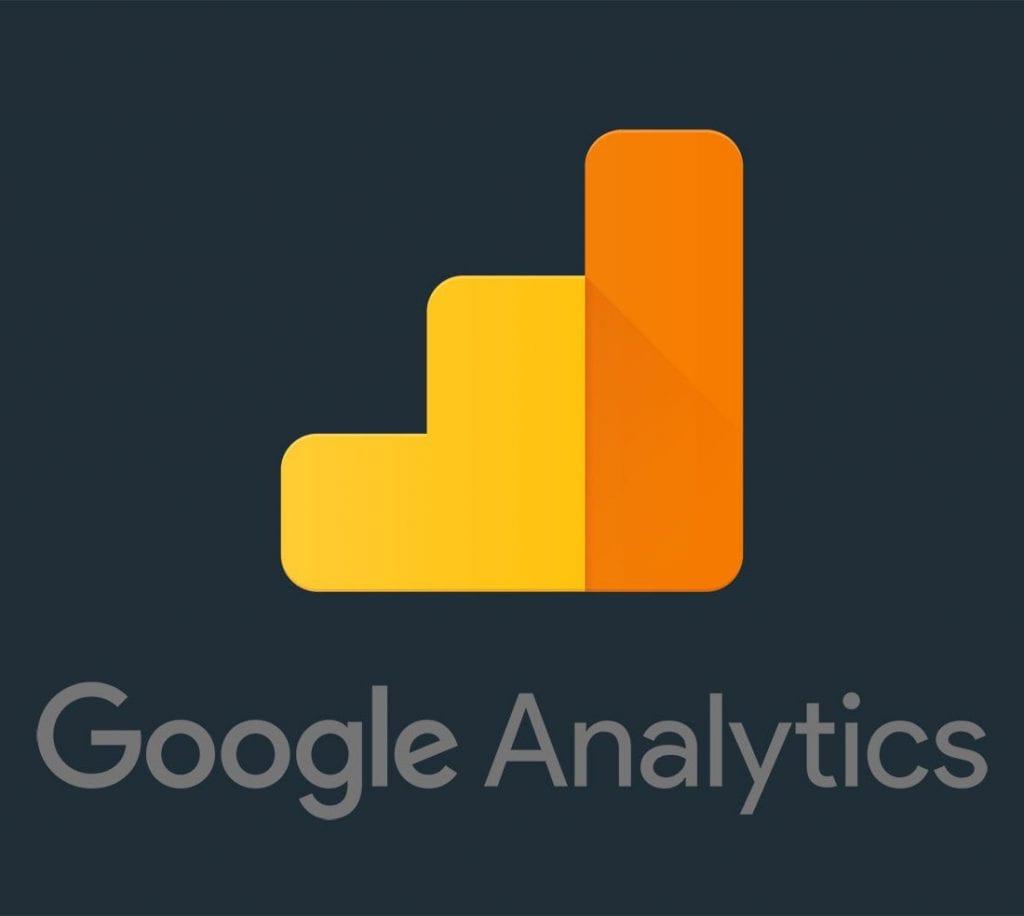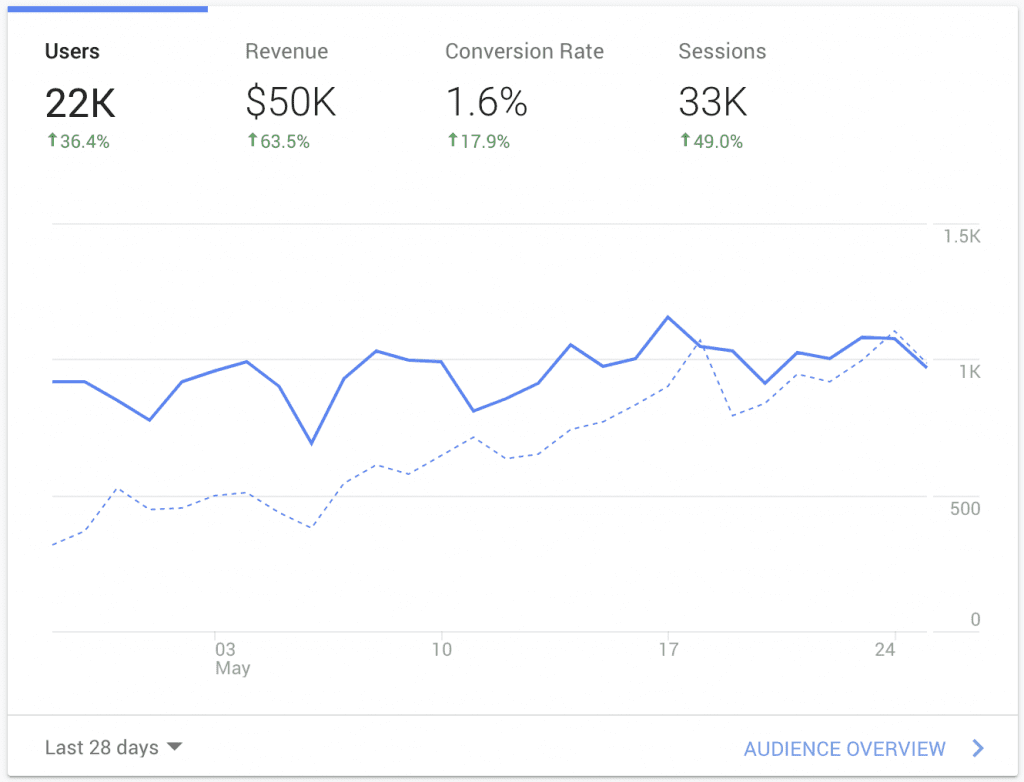Content Management System (CMS)
IIs a software program installed on your web site or computer that allows you to update content. The range of programs is huge, from easy to use to powerful and extensive.
There are compromises when choosing an easy to use program, such as making only basic changes. The more complicated CMS usually require an experienced IT person.
A CMS puts you in control of your web information, allowing you to post news immediately without waiting for your web developer.
Cost per action
The buying action of an online customer can be either a lead generation or order. The cost for this action is calculated by dividing the total advertising cost by the number of leads or sales over a given period of time.
Social networking
This has always been present on the web because it connects everyone. The tools have become more sophisticated and in some cases more open. Web sites like Facebook, Myspace, LinkedIn and Twitter allow people to form online communities to share information, comments and pictures.
Web crawler / spider / robot (BOT)
A program designed to collect information from the internet. The spider crawls through web pages and other content to create an index for directories and search engines, such as Yahoo and Bing.
Geographic Information systems (GIS)
Software that gathers spatial information stored as maps and indexes. Google maps, for example combines this information with web sites for business purposes.








